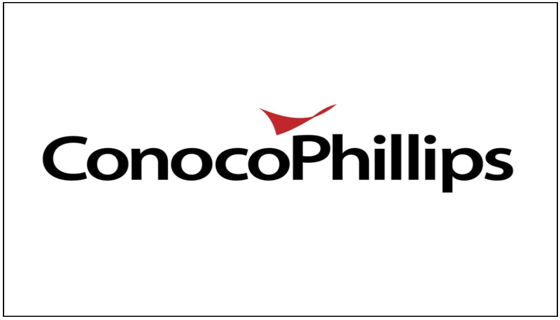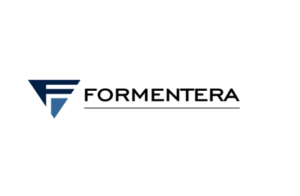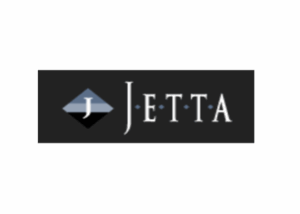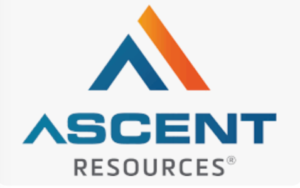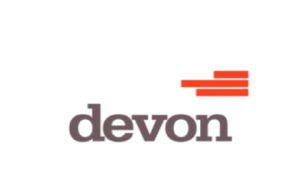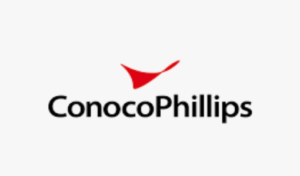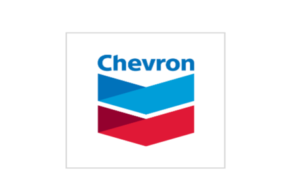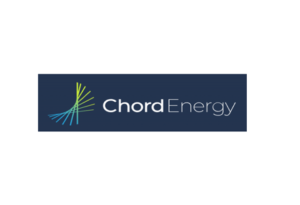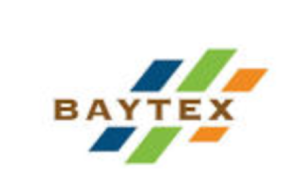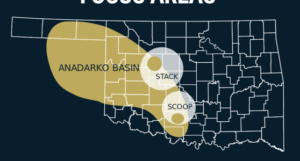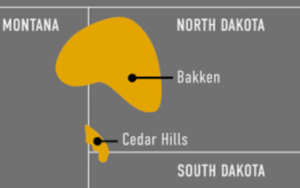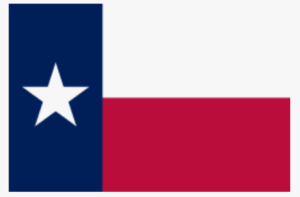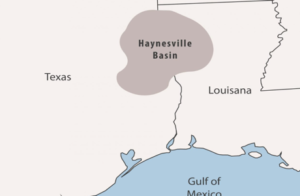In 2020, our unconventional assets included Eagle Ford, Delaware and Bakken in the U.S. and Montney in Canada. Produced water recycling has been identified as the best option to hydraulically fracture our Delaware and Montney basin assets. This has both economic and environmental benefits, as the use of treated produced water reduces the amount of water withdrawn from local sources, the amount of produced water injected for disposal and truck traffic used to transport the water. Minimizing fresh water use and reducing produced water disposal by recycling produced water to mitigate exposure to water stress or to address stakeholder concerns is a priority reporting issue for us.
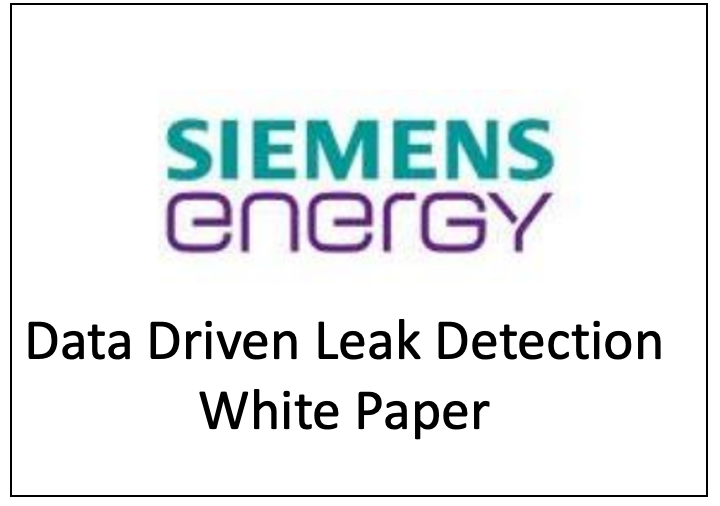
In the China Draw area of the Delaware Basin, we manage water using a centralized water gathering and distribution system. The system includes a water treatment facility, storage ponds for treated produced water and pipeline gathering and distribution infrastructure. We have a target to use 98% recycled produced water for hydraulic fracturing in China Draw. Due to reduced drilling activity and production curtailment, the recycle rate remained below target, while recycled produced water and non-fresh water use accounted for 99% of the water used in 2020. A similar centralized water gathering, treatment and distribution system was installed in the Zia Hills area of the Delaware Basin, which began recycling produced water in October 2020. The last frack of the year used 51% produced water and the operations team expects to use recycled water as the primary source for future wells. Read more about water recycling in the Delaware Basin.
In Montney, we also manage water using a centralized water gathering and distribution system. Produced water from operating wells is treated for recycling, stored in engineered ponds and then used to frack the next well. In 2020, about 43% of the water used for fracking was recycled produced water. As more wells are completed in future development phases, we will reduce the volume of fresh water withdrawn from the Halfway River and gradually increase the volume of treated produced water used for new wells. Our ultimate target is to recycle at least 80% of the produced water for fracking, reducing fresh water withdrawal and produced water disposal. We anticipate a delay in the development schedule and reduced drilling activity for 2021, which is expected to lead to a short-term increase of produced water disposal. Learn more about our Montney water management.
In the Eagle Ford, we target groundwater sources that are not in proximity to local municipal, domestic or agricultural users. In support of this goal, we progressed our deep water well project in Karnes County. Deeper wells are more likely to be brackish, helping us to boost the volume of non-fresh water used for operations. All source water for drilling and completions is transported using temporary, lay-flat pipelines from central storage ponds, rather than trucks. In 2020, we also began the installation of a pipeline-based produced water central gathering and disposal system for new facilities in Karnes County. A similar central gathering and disposal system is already being used in DeWitt County. Both initiatives have removed truck traffic from local roads. In 2020, about
44% of the water sourced for operations in the Eagle Ford was non-fresh water.
For our Bakken operations, the majority of water is sourced from local surface and groundwater which is transported using temporary, lay-flat pipelines from central storage ponds. The majority of produced water is transferred to disposal wells using pipeline infrastructure. 0011W00002P3zu6QAB
Energy News
Oil & Gas Permits

